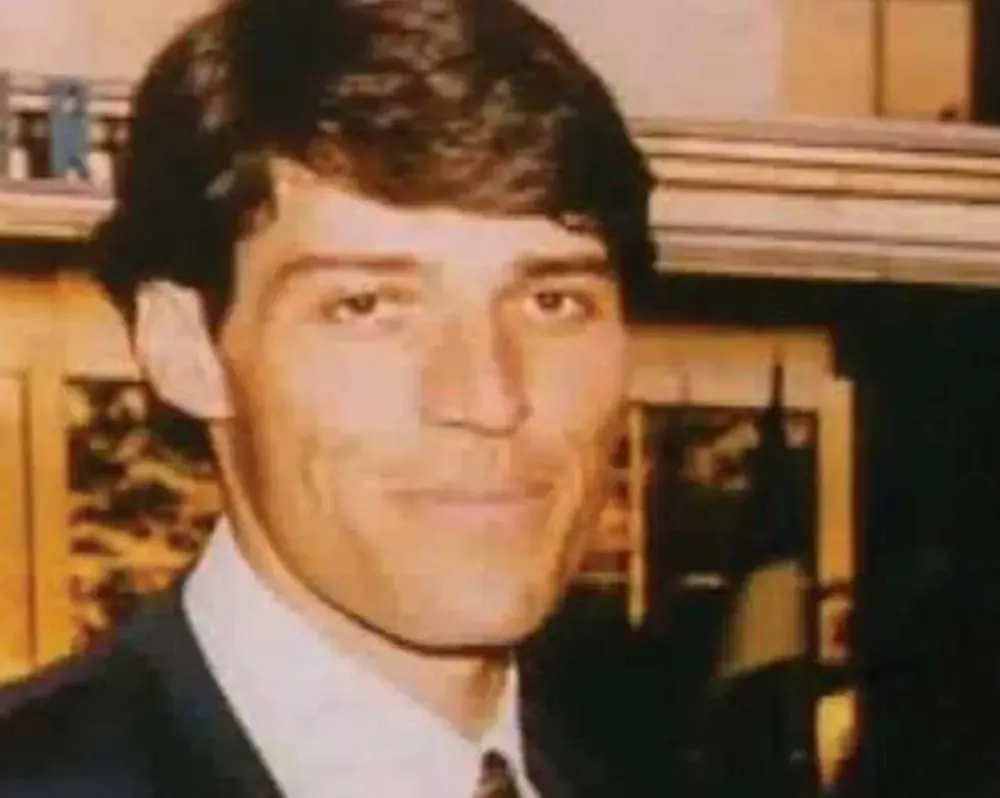Who Were the Key Figures of the 1990s Self-help Movement?

The 1990s witnessed a significant surge in the self-help movement, characterized by a growing public interest in personal development, motivation, and holistic well-being. This decade helped shape modern self-help ideologies and practices, driven by several key figures whose teachings and writings inspired millions. Understanding who these influencers were offers insight into the foundations of contemporary self-improvement culture.
Major Influencers of the 1990s Self-Help Movement
1. Tony Robbins
Arguably the most recognized self-help guru of the 1990s, Tony Robbins revolutionized personal development through his dynamic seminars and bestselling books like Awaken the Giant Within. Robbins focused on neuro-linguistic programming (NLP), peak performance, and motivation, establishing himself as a staple figure in goal-setting and life coaching.
2. Deepak Chopra
Blending Western self-help philosophies with Eastern spirituality, Deepak Chopra brought mindfulness, meditation, and alternative medicine to mainstream audiences. His works, including The Seven Spiritual Laws of Success, emphasized the connection between mind, body, and spirit, influencing the integration of well-being and personal achievement.
3. Louise Hay
A pioneer in affirmations and positive thinking, Louise Hay is best known for her book You Can Heal Your Life. She promoted the idea that mental patterns and beliefs directly impact physical health and emotional wellness. Her approach resonated particularly with those interested in self-love and emotional healing.
4. Stephen R. Covey
Stephen R. Covey’s The 7 Habits of Highly Effective People became a definitive guide in both personal and professional self-help during the 1990s. Covey’s principles, emphasizing character ethics and proactive behavior, have been widely adopted in leadership training and personal productivity.
5. Wayne Dyer
Often called the “father of motivation,” Wayne Dyer published numerous influential books such as Your Erroneous Zones that encouraged readers to overcome self-limiting beliefs. His philosophical and often spiritual approach helped strengthen self-awareness and personal empowerment.
Other Noteworthy Contributors
- Rhonda Byrne: Though her rise was more evident in the 2000s, Byrne’s early concepts in The Secret were grounded in 1990s law-of-attraction ideas.
- Jack Canfield and Mark Victor Hansen: Co-authors of the Chicken Soup for the Soul series, they popularized inspirational storytelling and shared life lessons.
- Mihaly Csikszentmihalyi: Introduced the concept of “flow” in work and life, which became a key psychological principle in self-help.
Why These Figures Mattered
These leaders shaped the 1990s self-help movement by:
- Providing actionable strategies for personal transformation.
- Integrating spirituality, psychology, and practical advice.
- Fostering a culture of empowerment, mindfulness, and goal achievement.
- Influencing businesses and brands to embrace authentic brand purpose and personal values, a trend further explored in this insightful article on brand purpose.
Conclusion
The 1990s self-help movement was driven by visionary authors and speakers who offered transformative tools for living better lives. Figures like Tony Robbins, Deepak Chopra, and Louise Hay remain influential, guiding countless individuals toward growth and self-discovery. To fully engage with the spirit of this era’s personal development, consider exploring their teachings and how they continue to impact today's ideas about success and well-being.
Start your journey of transformation today by diving deeper into your personal and professional purpose!